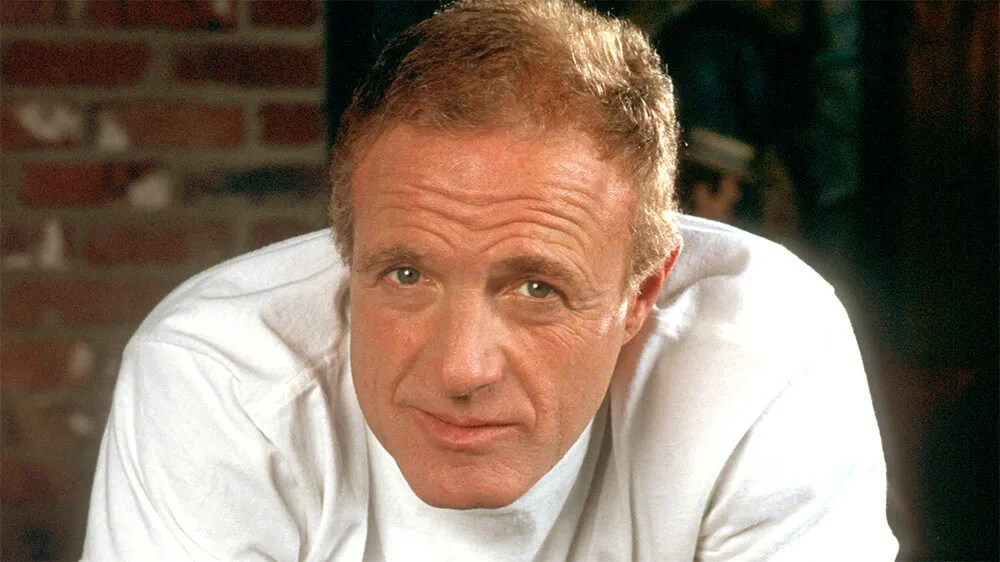Everyone recognizes James Caan from that one scene in *The Godfather*. You know the one—Sonny at the toll booth, a burst of violence, then silence.
If you’ve watched movies or TV anytime in the last 50 years, you’ve seen that face. Caan defined toughness in Hollywood, but there’s more to his story than just playing the heavy.
Coming Up: The Early Years
Before Sonny Corleone, James Caan was a working actor hustling for parts in the industry. He was a New Yorker—born in the Bronx in 1940—who played football at Michigan State before switching gears. He dove into acting at Hofstra University beside Francis Ford Coppola. For a while, Caan was just another guy trying to make it.
He showed up in westerns like *El Dorado* with John Wayne. You’d spot him in smaller features, the kind you might catch on late-night TV now. But from the beginning, he brought a raw physicality to every role. Even when playing second fiddle, Caan brought an edge that made casting directors pay attention.
Breaking Through: *Brian’s Song* and a Big Turn
Caan’s first major moment was on the small screen. In 1971, he starred as Brian Piccolo in *Brian’s Song*, a TV movie about a real-life bond between two football players. The film tackled themes like friendship and loss in a straight-ahead, unsentimental way. Caan was nominated for an Emmy. Suddenly, people realized this guy could act, and not just throw a punch.
Not long after, he landed the role that would lock in his reputation. Director Francis Ford Coppola cast Caan as Sonny Corleone in *The Godfather*—and the rest is movie history. Sonny was quick-tempered, unpredictable, yet somehow the most alive person on screen. Even with Marlon Brando and Al Pacino in the room, you couldn’t take your eyes off him.
Caan talked about his technique as “75% method, 25% instinct.” He wasn’t the type to overthink every move. Instead, he went in with full force, staying loose but committed to a role. You see it in every performance—the energy, the risk-taking.
If you’re curious about how Caan influenced the business world or the next generation, you might check out his family’s ventures at Alexander James Caan or see the broader impact on film and media coverage through outlets like TheBusinessTarget.
How He Became Hollywood’s Go-To Tough Guy
That role as Sonny Corleone stuck fast. After *The Godfather,* the tough guy parts just kept coming. Caan played violent, streetwise characters in films like *The Gambler* and *Rollerball*. He was commanding, explosive—almost never vulnerable at first glance. Directors wanted that same sense of danger and charisma Caan had in *The Godfather*, and they kept giving him scripts that took advantage of it.
But the tough guy image was a tricky thing to carry. Caan made it look natural, but being typecast comes with a downside. He landed parts based on his intensity, but sometimes the characters didn’t give him much room to explore other sides of himself. In interviews, Caan admitted feeling boxed in at times, frustrated that people thought he was just a hothead on and off the screen.
Still, audiences loved it. James Caan became the benchmark for what a “Hollywood tough guy” should look like—physically imposing, quick-tempered, but with just enough humor or humanity to keep us watching. Think of his famous scene in *The Godfather*, smashing up a camera with his bare hands. There’s menace there, but also emotion bubbling underneath.
The Complex Masculinity He Showed On Screen
James Caan gave us something different from the usual action hero or gangster cliché. He made his characters tough, sure, but he wasn’t afraid to show them breaking down too. He once said he got tired of people asking him to repeat the “angry man” routine. He wanted to show the cracks: the heartbreak, the shame, the regrets buried beneath bravado.
In *Thief*, he’s a safecracker, but he’s also a guy who longs for a normal life—family, routine, calm. In *The Gambler*, Caan puts everything on the line, making reckless decisions not because he’s strong but because he feels out of control. That blend of confidence and panic became his signature.
Caan wasn’t just a guy who looked like he could handle himself in a fight. He played men who lived hard, loved messily, and fell apart when things got tough. That’s a big part of why his performances still feel real today.
Why James Caan Still Matters
Caan’s impact isn’t just in old clips or legendary movies—it’s in a certain attitude that keeps popping up in Hollywood. Actors today, whether they’re playing gangsters or everyday folks, often mention Caan as a reference point. You hear it in their tone, see it in the way they approach a high-pressure scene.
There’s no big myth here—James Caan made mistakes, took career breaks, and sometimes struggled to find balance. But he showed up, over and over, with performances that felt honest and alive. For every tough guy moment, there’s another scene where he lets his guard down just enough to let us in.






